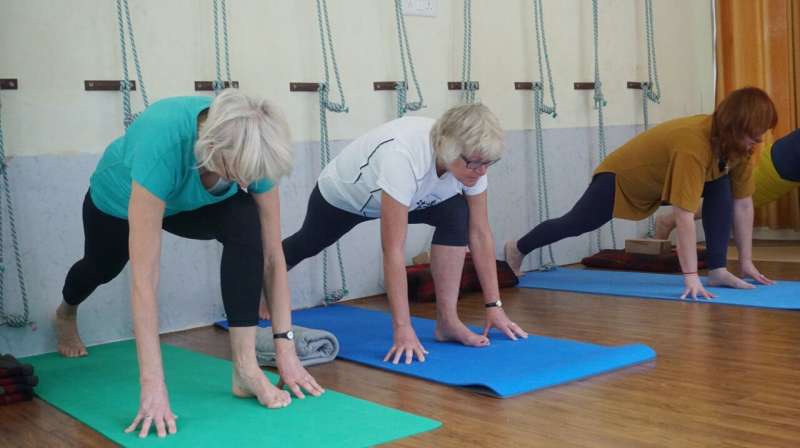Study Finds Women's Physical Activity Is Consistent Compared to Men's

New research indicates that women's physical activity levels are more stable and less variable than men's, unaffected by hormonal cycles, encouraging inclusive studies on exercise patterns.
Recent research published in the Journal of Medical Internet Research has revealed that women's physical activity levels tend to be more stable and less variable over time than men's. The study also indicated that hormonal fluctuations, such as those caused by menstrual cycles, do not significantly impact women's activity patterns. This finding challenges the common assumption that hormonal changes introduce excessive variability in women's physical activity, which has historically led to their underrepresentation in exercise studies.
The study was conducted by teams from the University of California San Diego, the University of California San Francisco, and the City University of New York. They analyzed data collected from 596 individuals, aged 20 to 79, who wore an Oura ring—a wearable device that monitors movement, sleep, and skin temperature—over a period of 206 days. The participants included an equal number of men and women. Results showed that women's activity levels, measured via minute-by-minute METs (a metric similar to step counting functions of fitness devices), were less variable across different timescales than men's. Moreover, women with menstrual cycles did not exhibit increased variability compared to those without cycles.
Interestingly, while overall activity levels remained steady on weekends, some subgroups displayed notable patterns: certain men increased their activity significantly during weekends, whereas some women decreased theirs. The study also observed that older adults generally maintained more consistent activity levels than younger individuals.
The researchers emphasized that excluding individuals from physical activity research based on sex, age, menstrual cycle presence, or weekly activity rhythms is unsupported by their findings. They advocate for inclusive research that considers diverse populations, as biological sex and other lifestyle factors do not seem to interfere with statistical assessments of physical activity.
This study underscores the importance of broadening participation in research and demonstrates that variability in physical activity is less influenced by hormonal or weekly cycles than previously thought.
Stay Updated with Mia's Feed
Get the latest health & wellness insights delivered straight to your inbox.
Related Articles
The Role of Exercise in Restoring Cardiac Energy Balance in Heart Failure
Discover how tailored exercise programs can restore energy balance in the heart, improve mitochondrial function, and potentially slow heart failure progression. Learn about the metabolic benefits of physical activity for cardiovascular health.
Weekend Workout Routine Linked to Lower Cardiovascular Risk in People with Diabetes
Engaging in weekend physical activity sessions can significantly reduce the risk of cardiovascular mortality in adults with diabetes. A large cohort study highlights the health benefits of flexible exercise routines.
Strange Side Effects of Exercise: From Runny Noses to 'Coregasms'
Discover seven bizarre bodily reactions triggered by exercise, including runny noses, black toenails, and 'coregasms,' and learn how to manage them safely.


